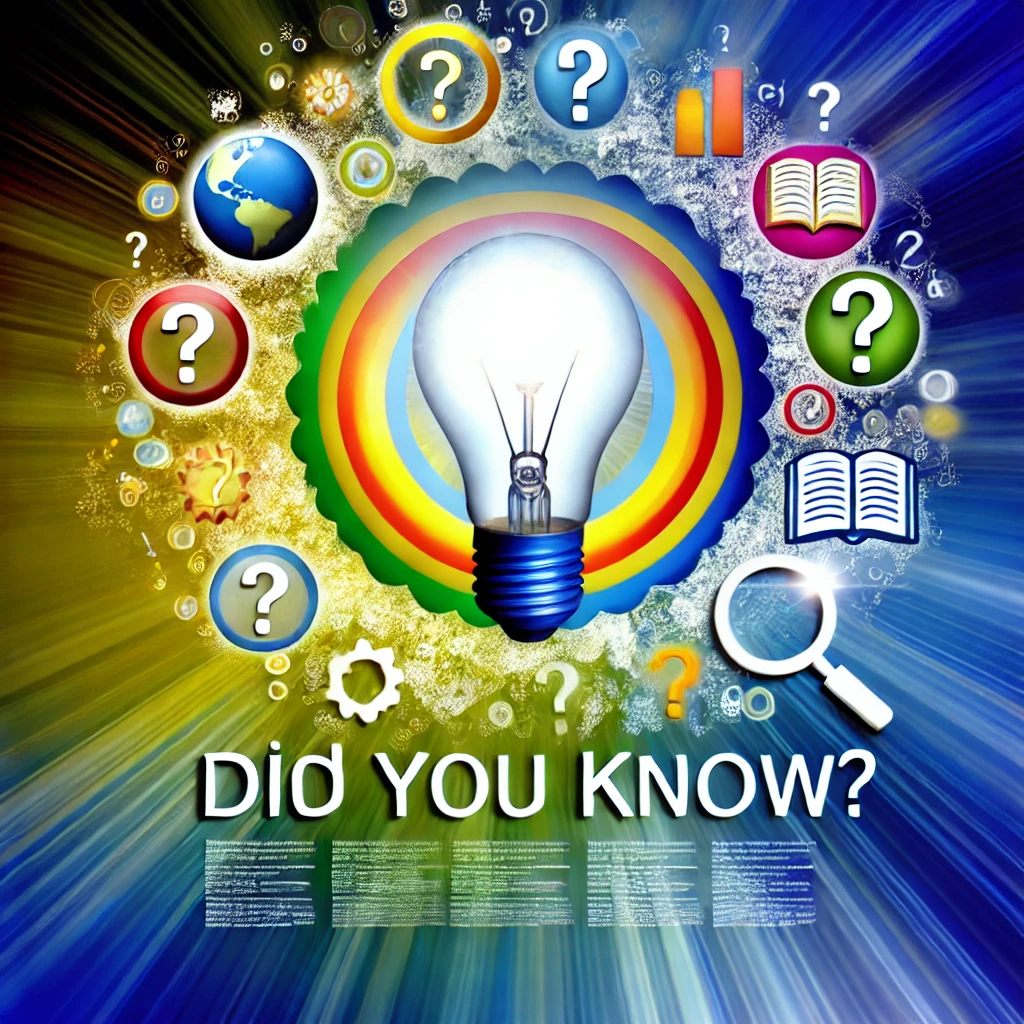Introduction
Octopuses are among the most fascinating creatures in the ocean, renowned for their intelligence, ability to camouflage, and unique anatomy. One of their most interesting features is their three-heart system, which plays a crucial role in helping them survive in the deep ocean. In this post, we’ll explore why octopuses have three hearts, how each one functions, and how this adaptation supports their lifestyle in the underwater world.
Why Do Octopuses Have Three Hearts?
The anatomy of an octopus is tailored to its high-energy lifestyle and underwater habitat. The three hearts each serve a specific purpose, ensuring that these active creatures get enough oxygen to power their complex movements and behaviors.
- The Purpose of Three Hearts
The octopus has two branchial hearts and one systemic heart. The branchial hearts pump blood through the gills to pick up oxygen, while the systemic heart circulates the oxygenated blood to the rest of the body. - How the Three Hearts Work Together
The branchial hearts are responsible for directing blood to the gills. Once the blood is oxygenated, it travels to the systemic heart, which pumps it to the organs and muscles. Interestingly, the systemic heart stops beating when the octopus swims, meaning that octopuses prefer to crawl along the seafloor to conserve energy. - Why This Adaptation Is Beneficial
Octopuses are cephalopods, a class of highly active animals that rely on quick movements to hunt and escape predators. This specialized heart system enables efficient oxygen distribution, allowing them to survive in low-oxygen environments and adapt to a range of depths in the ocean.
Other Amazing Octopus Adaptations
Along with three hearts, octopuses have several other unique features, including nine brains and the ability to regenerate limbs. These adaptations make them one of the most versatile and intelligent creatures in the ocean, equipped to survive in a wide range of environments.
Conclusion
The three-heart system of an octopus is a fascinating example of nature’s adaptations. By having two hearts for gill circulation and one for the rest of the body, octopuses are equipped to meet the demands of their active lives underwater. Next time you see an octopus, remember the incredible physiology that powers this mysterious ocean dweller.


